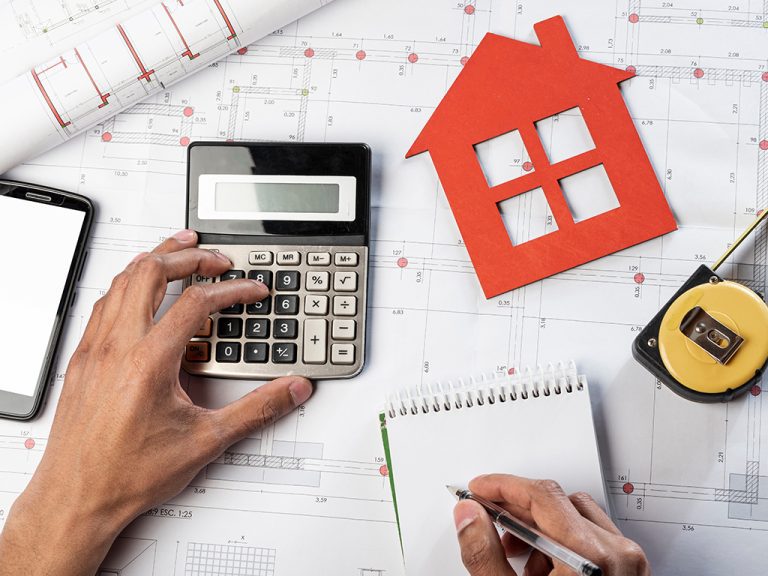The Evolution of Energy Modeling
Energy modeling, once a theoretical endeavor, has undergone a significant transformation over the years. Originally confined to complex simulations and calculations performed by specialized software, energy modeling has now become a staple in the design and construction process. The shift from manual calculations to sophisticated digital tools has empowered architects and engineers to accurately predict a building’s energy consumption, identify inefficiencies, and make informed design decisions.
The Advantages of Energy Modeling in MEP Design
The adoption of energy modeling in MEP design offers a multitude of advantages that are reshaping the industry:
1. Optimized Energy Efficiency
Energy modeling provides a comprehensive analysis of a building’s energy usage, allowing designers to identify opportunities for optimization. By simulating different design scenarios and systems, architects and engineers can fine-tune MEP strategies to achieve maximum energy efficiency while meeting performance requirements.
2. Early Detection of Issues
Through energy modeling, potential energy-related issues can be spotted at the design stage itself. This proactive approach enables the mitigation of challenges such as thermal discomfort, inefficient HVAC (Heating, Ventilation, and Air Conditioning) systems, and inadequate daylight utilization, ultimately leading to improved occupant comfort.
3. Data-Driven Decision Making
Energy modeling equips designers with data-driven insights that guide design decisions. Whether it’s selecting appropriate insulation materials, optimizing glazing ratios, or choosing efficient lighting systems, energy modeling empowers informed choices that impact a building’s long-term operational costs.
4. Environmental Sustainability
The integration of energy modeling aligns with sustainability goals. By minimizing energy consumption and carbon emissions, architects and engineers contribute to creating eco-friendly buildings that reduce the overall environmental footprint.
5. Regulatory Compliance
Energy codes and standards are becoming increasingly stringent. Energy modeling ensures compliance with these regulations, avoiding potential penalties and setbacks during the construction and occupancy phases.
Practical Implementation of Energy Modeling in MEP Design
The transition from theoretical knowledge to practical implementation requires a systematic approach:
1. Data Collection and Analysis
Accurate energy modeling begins with comprehensive data collection. This includes factors such as climate conditions, building orientation, occupancy patterns, and equipment specifications. Advanced software tools enable precise data input, facilitating more accurate simulations.
2. Simulation and Evaluation
Once the necessary data is gathered, energy modeling software simulates a building’s energy performance. Designers can evaluate various scenarios, comparing energy consumption, comfort levels, and system efficiencies to make informed decisions.
3. Iterative Design Refinement
Energy modeling encourages an iterative design process. Designers can experiment with different configurations, system layouts, and materials to identify the most energy-efficient solutions while maintaining design intent.
4. Collaboration and Integration
Effective collaboration between architects, engineers, and other stakeholders is crucial. Energy modeling fosters interdisciplinary communication, ensuring that MEP systems are seamlessly integrated with architectural and structural elements.
5. Continuous Monitoring
Energy modeling doesn’t end with design completion. Continuous monitoring post-construction allows designers to compare predicted energy performance with actual results. This data-driven feedback loop informs future projects and improves the accuracy of subsequent energy models.
Case Study: Energy Modeling in Commercial Building Design
To illustrate the practical implementation of energy modeling in MEP design, let’s explore a hypothetical case study:
Case Study: Sustainable Office Building
An architectural firm takes on the design of a sustainable office building. By leveraging energy modeling, they optimize the building’s orientation, employ passive design strategies, and integrate efficient MEP systems. The energy model predicts significant energy savings, leading to reduced operational costs for the building’s occupants. Post-construction monitoring confirms the accuracy of the model, showcasing the successful implementation of energy-efficient design principles.
Conclusion
The journey from theory to practice in implementing energy modeling in MEP design marks a transformative milestone in the architecture and engineering landscape. Energy modeling has evolved from a conceptual notion to an essential tool that shapes design decisions, enhances energy efficiency, and contributes to sustainable built environments. As the industry continues to embrace energy modeling, buildings become more than just structures – they become beacons of innovation, efficiency, and environmental responsibility.









